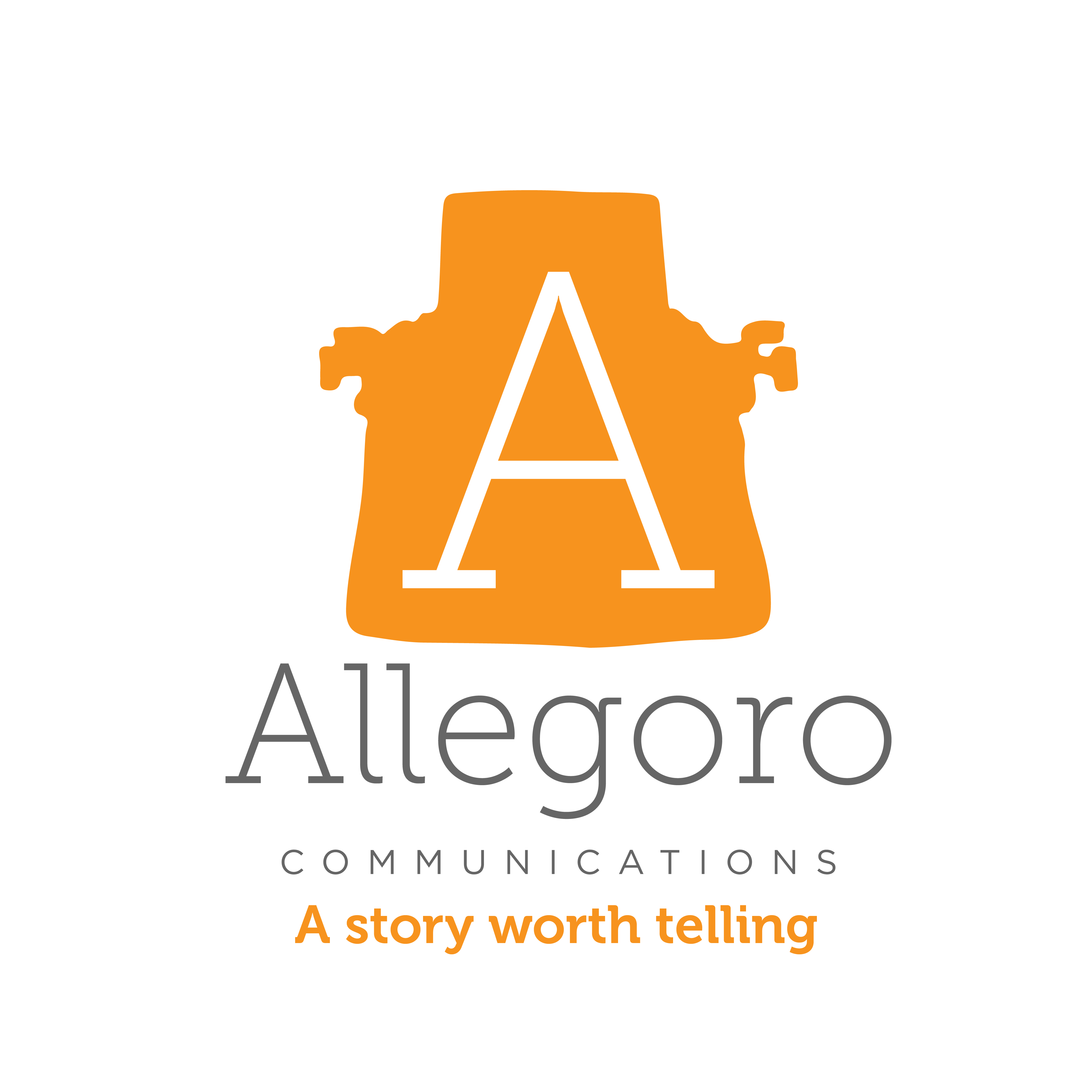
02 Apr Work your Memory Magic
When we think of good communication practices, we always think of improving our skills in Speech, Writing, Listening, Eye Contact, Clarity, and Brevity. We often forget that Memory is key to good communications. One of the most embarrassing experiences I often encounter when meeting new people and making acquaintances is forgetting their names. Despite this embarrassment pushing us to make genuine attempts to remember people’s names, we still continue to forget.
In today’s digital age, we rely on Google’s search prompts to help us remember. We FORGET that our reliance on Google to remember for us is a great step forward for technology, but a big step backward for us as humans. We limit the potential of our own brain’s capacity to memorize by outsourcing the work to Google.
In order to improve our memory, it is important to understand how memory works. Our memories are not really fixed objects or concepts that we can store and retrieve in our brains, analogous to filling a room with furniture. Memories are dynamic. They are constructed through a process involving perception followed by rehearsal in short-term memory areas in the brain, and finally consolidation and strengthening in the long-term memory regions. Rather than being fixed objects, memories are associations triggered by synaptic connections between different neurons in the brain. So retrieving memories involves, in a sense, a reconstruction of these synaptic connections through some form of retrieval cue(s). Hence, the stronger the connections, the stronger the memory. Also, more importantly, the wider the association or network of neurons involved in the memory, the greater the chance that we will retrieve that memory (such as someone’s name). Our short-term storage has limits and cannot transfer everything into long-term memory right away. It requires rehearsal.
Keeping this in context, there are some proven techniques that could help us in both memorizing and recalling information. One effective strategy is to visualize a name with an object (e.g. animal, famous landmark), or associate it with a set of dynamic concepts. For example, lets say you meet a person with a first name “Venkat” who is wearing a blue tie. “Venkat” could be associated with a “van” and a “cat” (where a cat is on top of a moving blue van). Now you have created a deeper, richer and more fun level of association with this name, and provided yourself with an advantage for remembering his name with different visual and conceptual retrieval cues.
In this blog post, Kevan Lee provides a few effective techniques to improve our ability to remember.
There is no substitute for face-to-face dialogue when it comes to business communication and I find that forgetting a person’s name or vital information about their business, is a big “success kill”.
by: Sohini Bhattacharya (Co-Founder & Partner, Allegoro Communications)



Sorry, the comment form is closed at this time.